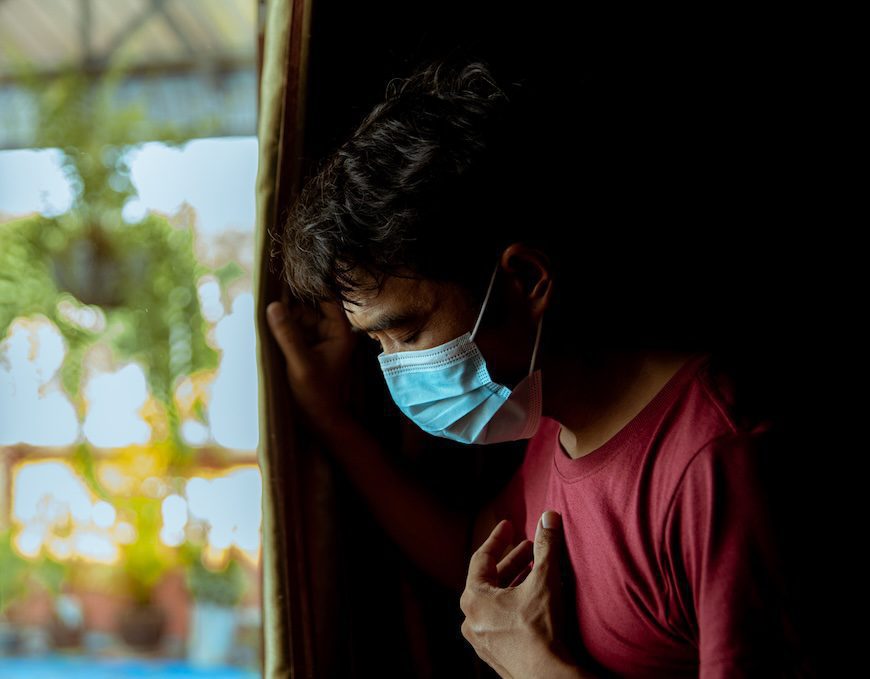In this week’s Mind Reader, we take a deep dive into why PANDAS diagnosis can be so problematic, share some promising news on bipolar treatment, and unveil a new regular feature in the Journal for Clinical Psychiatry.
Overcoming PANDAS Diagnosis Obstacles
PANDAS – or pediatric autoimmune neuropsychiatric disorder associated with streptococcal infections – describes the acute onset of obsessive-compulsive disorder (OCD) and/or tics in children following a group A streptococcal (GAS) infection. Other behavioral symptoms, such as irritability and separation anxiety, can accompany this.
Frustratingly, PANDA symptoms overlap with other psychiatric conditions, such as Tourette syndrome and ADHD, complicating diagnosis and treatment.
The case of Miss K, a 6-year-old girl, illustrates a typical PANDAS progression. Seemingly out of the blue, she developed severe OCD symptoms shortly after a GAS infection. Antibiotics countered the initial episode, but subsequent infections stirred up further symptoms.
Caregivers responded with treatment that included cognitive-behavioral therapy (CBT), antibiotics, and NSAIDs. Eventually, doctors resorted to a selective serotonin reuptake inhibitor (SSRI), which helped manage her symptoms over time.
To properly diagnose PANDAS, doctors first have to exclude other conditions, such as Sydenham chorea, autoimmune encephalitis, and neuropsychiatric lupus. Evaluation should include a comprehensive medical and psychiatric history, a family history of related disorders, and assessments for recent infections. Although no definitive test exists, laboratory tests like anti-streptolysin O and anti-DNase B titers can support the diagnosis.
PANDAS treatment demands a multi-faceted approach. Psychiatric and behavioral interventions include CBT, particularly with exposure and response prevention (ERP) techniques, and SSRIs for OCD.
Severe cases might require antipsychotics. Immunomodulatory therapies like NSAIDs, corticosteroids, intravenous immunoglobulin (IVIG), and plasma exchange have also shown mixed results. Antimicrobial treatment remains essential for managing acute GAS infections, with penicillin and amoxicillin being commonly prescribed.
Despite the diagnosis challenges, early intervention can mitigate the impact of PANDAS on the patient’s academic performance and social functioning. The controversy surrounding PANDAS stems from the lack of definitive diagnostic criteria and the diverse presentation of symptoms, underscoring the need for further research and reliable biomarkers.
IN OTHER PSYCHIATRY AND NEUROLOGY NEWS
- We’re thrilled to announce a new regular feature in the Journal of Clinical Psychiatry: Focus on Psychotherapy.
- A Primary Care Companion for CNS Disorders case report highlights the difficulty in controlling symptoms such as agitation and visual hallucinations in Creutzfeldt-Jakob Disease patients.
- JCP also published a promising new study that showed more than 87 percent of bipolar depression patients responded well to rTMS.
- PCC readers write in to argue for the creation and implementation of a unique online module to address the stigma of addiction in a medical school curriculum.
- And, finally, Dr. Nasrallah discusses a recent study that explores the relationship between childhood trauma and inflammation, and why it’s so important.



